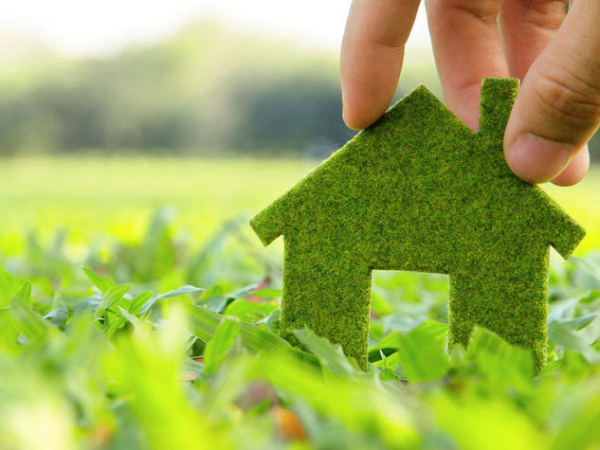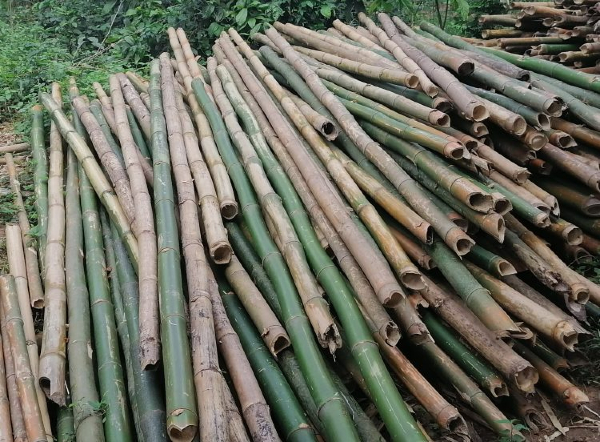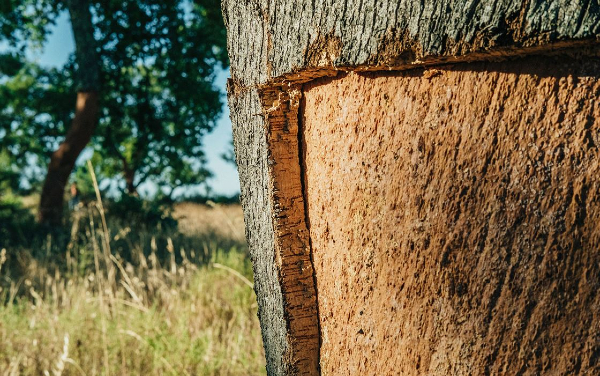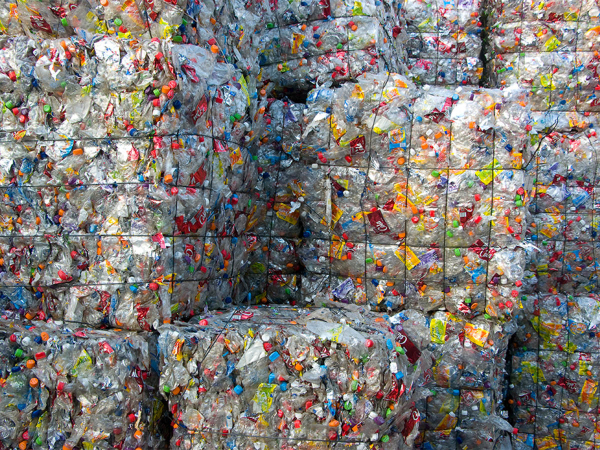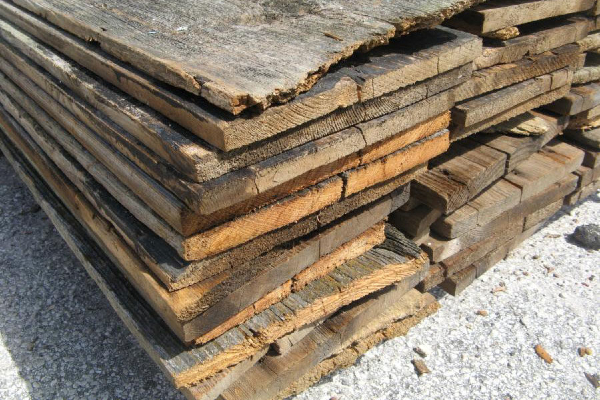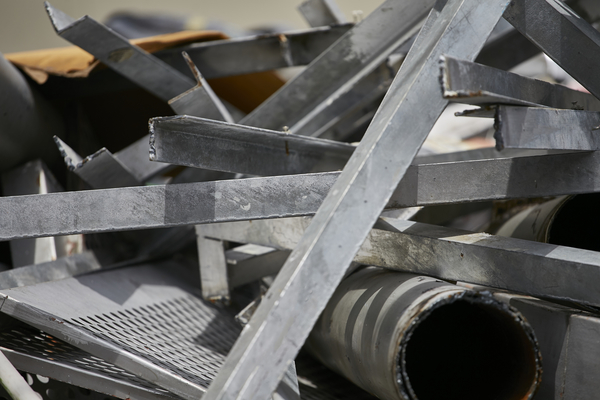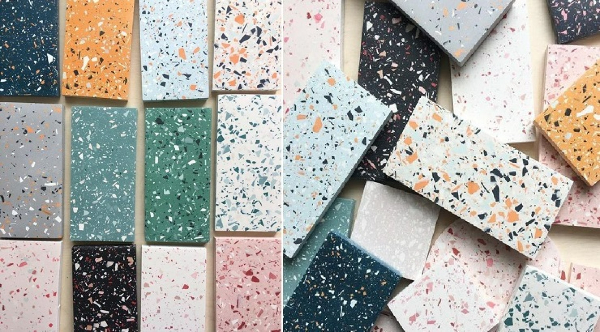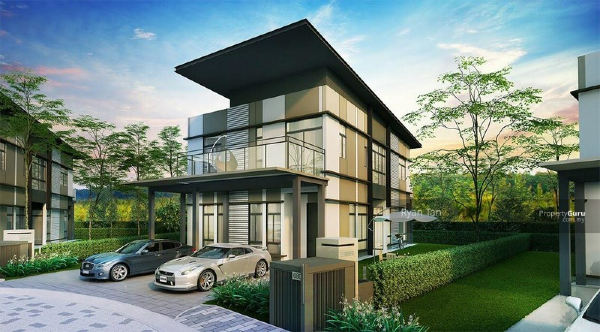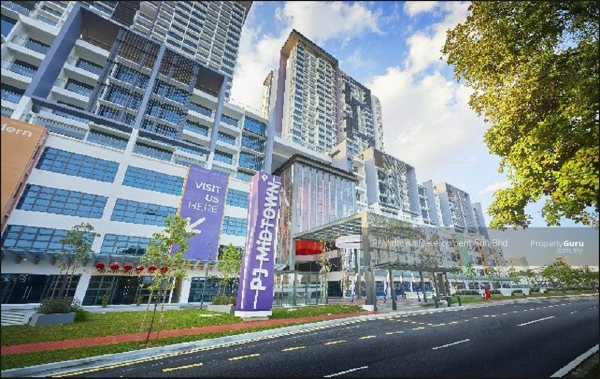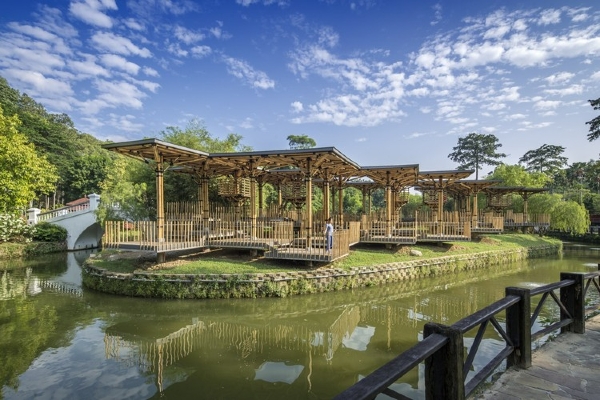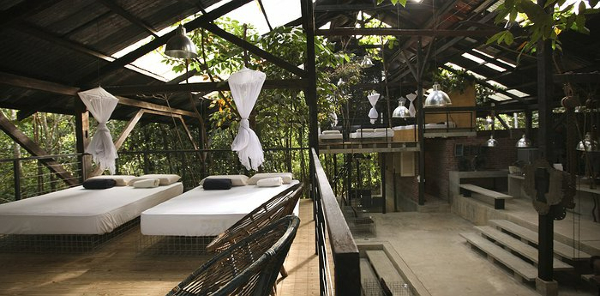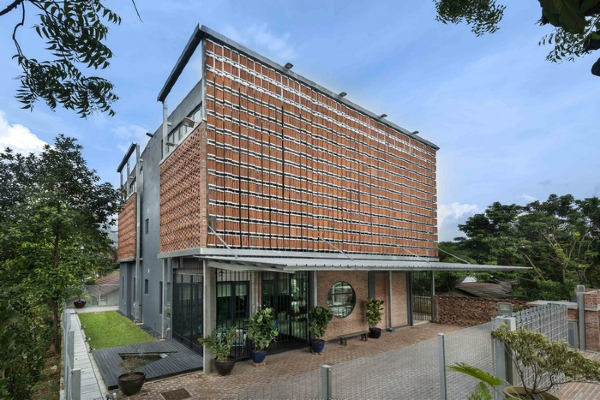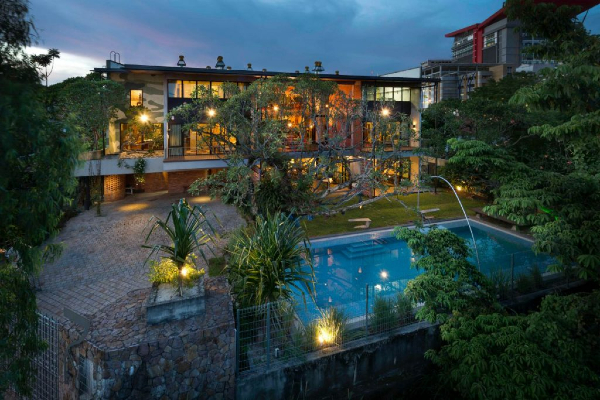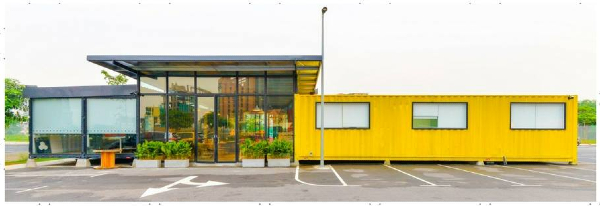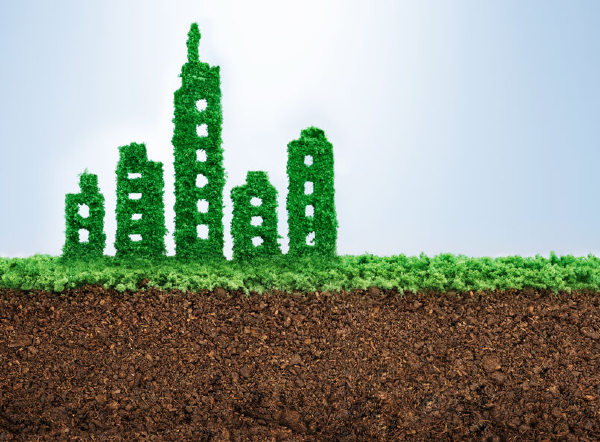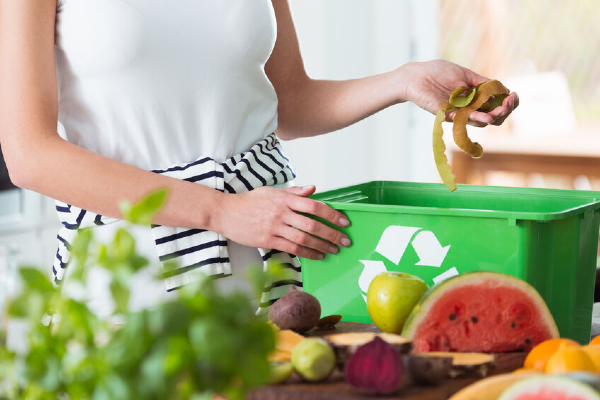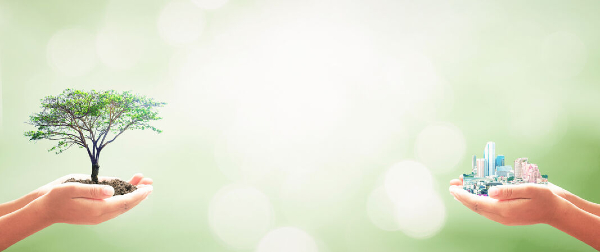According to the PropertyGuru
Consumer Sentiment Study H2 2021, a majority of respondents consider it important to live sustainably. This applies to various age groups and income level.
There’s more that can be done to make developments sustainable, although many projects are now incorporating green features, such as:
- Rainwater harvesting
- North-South orientation to minimise solar heat gain
- Recycling bins
- Windows that are well-placed to maximise natural ventilation
- Higher percentage dedicated to greenery
Emissions from buildings and the construction industry are a big part of the carbon footprint. The most obvious are the materials used in construction, such as cement and steel.
It’s one of the reasons that there’s a growing
importance on sustainability for construction. Cement is often referred to as the ‘second most-consumed resource on the planet’ (after water).
Atmospheric pollution can be attributed to cement production, as cement factories produce approximately 10 billion tons per year (equal to 1/10th global emission), and is considered a main contributor to greenhouse gases.
Therefore, sustainable construction is both about the energy used to create these materials, and the carbon footprint that’s left behind when transporting heavy materials like steel across the world!
Sustainable Building Materials: What Are They?
Sustainable construction is all about meeting present-day housing needs and infrastructure, without compromising future needs.
This means the efficient use of natural resources, minimising hazardous substances, as well as reducing pollution and waste.
The term ‘green building material (GBM)’ is defined as material that can be reused, renewed, or recycled, and can be implemented without polluting the atmosphere.
As the most commonly used material in construction are bricks, concrete, and wood, let’s look at some of the green building alternatives.
1) Bamboo
It is considered as one of the most eco-friendly building materials. It grows without having to be replanted after harvest, and can be found on every continent, except Europe and Antarctica.
It can last for a long time and is great for flooring and cabinetry. However, bamboo needs treatment to resist insects and rot.
2) Precast concrete slabs
This material has greater sustainability than many traditional concrete options. These slabs often take less energy to produce and assemble.
It also allows the material to properly cure in a controlled environment. Thus, these slabs avoid cracks and structural faults within the concrete and eventual demolitions.
3) Cork
This can be harvested from a living tree, which continues to grow and reproduce more cork (outer layer of the tree bark). Cork is resilient and resistant to wear, and it is a common element in floor tiles.
4) Recycled plastic
Plastic from two-litre bottles can be spun into fibre to product carpets. Reused plastic can also be used in products such as cable pipes, PVC manholes, floors, roofs, and PVC windows.
5) Reclaimed wood
This is one of the most environmentally responsible ways to save trees. Reclaimed wood are available in old barns, excavation companies, home remodelling contractors, salvage yards, and shipping crates and pallets.
6) Reclaimed steel
Steel is entirely recyclable and significantly reduces ecological impact. The proper and efficient usage, and recycling them into new products lowers the energy used. Recycled steel also lasts long and doesn’t require frequent replacements.
7) Plant-based polyurethane rigid foam
This sustainable material is rigid and relatively immovable. It can be used for insulation, and provides protection against mould and pests. It is also heat resistant, and can be used for sound insulation.
8) Terrazzo
Terrazzo floors might be costlier than carpets. However, carpets need replacing, and these floors can last for more than four decades which makes it a sustainable building material.
Other sustainable construction material are straw bales, thatch, sheep’s wool, rammed earth, hempcrete, timbercrete, ferrock, and cob, among others.
Check Out These Sustainable Developments And Buildings
Sustainable developments in the property industry should give back to society, benefit the community, and build up resilience.
They could feature energy-efficient designs, passive cooling, recycled and sustainable building materials, wastewater treatment, and smart lighting.
So, without further ado, let’s shine a light on some of the eco-friendly and sustainable developments in Malaysia!
Additionally, sustainable concepts have been built into this development. These include a rainwater harvesting system, high energy-saving hybrid DC hot water system, water-saving aerated taps, and a dual flush toilet system.
PropertyGuru Tip
The term ‘DC’ stands for Direct Current (DC) power, which is a result of electricity flowing in only one direction. This type is significantly more energy-efficient than its counterpart, the Alternating Current (AC) power type, as well as having improved electricity delivery over long distances.
Its 11,000 sq ft clubhouse was also designed with its roof trusses and columns made from recycled 200-year-old salvaged chengal wood.
The developer also engaged SA Architects to create a development concept that would make the most of the spacious terrain and allow residents to enjoy both their homes, and the surroundings.
2) Sakura Residence by Sunway Property and Daiwa House Malaysia Sdn Bhd
This is the first landed
prefabricated development in Malaysia. These prefabricated homes are built with Japanese innovation that promotes durability and precision construction. Thus, it is said to have advantages over conventional homes.
Located in Sunway Iskandar, Johor,
Sakura Residence includes a
high precision structure, shorter delivery timeframe, well-ventilated design, is energy-saving, and a clean living environment.Additionally, Sakura Residence is designed with user-friendly features such as non-slippery floors, waterproof socket point, finger-safe doors, and user-friendly switches. The homes are also designed where every corner of the unit will be beneficial to the buyer.
3) PJ Midtown by IOI Properties Group and Sime Darby Property
The eco-building uses
solar energy from the solar panels to power common areas, and they’ve also installed an Energy Management System that allows better efficiency in energy usage.
Apart from reserving 18.75% of the development as green space,
PJ Midtown also has
vertical greens at the car park podium to lower the building’s temperature, recycling bins at common areas, rainwater harvesting system to reduce portable water consumption, and usage of low (VOC) paint.PropertyGuru Tip
Paint which is considered to be ‘low VOC’ means that it contains lesser ‘Volatile Organic Compounds’, as compared to traditional products. VOC was once used to slow down the drying process of paint, thus allowing the painter ample time to work with the product. In today’s modern world, VOC has been identified as dangerous, due to its contribution to air pollution and reducing indoor air quality (it can cause respiratory and other health problems for occupants when used indoors).
Malaysian architect Eleena Jamil built a bamboo pavilion in Kuala Lumpur’s Botanical Gardens. The structure is based on traditional Malaysian pavilions and is primarily used as a playground, as well as for events, exhibitions, and performances.
The playhouse is elevated above the ground, with a staggered floor made up of 31 separate decks. Each deck is surrounded by a fence and shaded by a bamboo parasol.
Use of bamboo in contemporary buildings is rare and this is a wonderful exploration of its potential as a sustainable building material in Malaysia.
Jamil has previously shared this, "Inspiration for the playhouse stems from traditional vernacular structures called the ‘wakaf’ which are originally found in villages or ‘kampungs’.”
From well-worn wooden planks to salvaged road signs, the boutique Sekeping retreats often use recycled and rescued materials.
In each of the retreat, there are lots of exposed brickwork and concrete, glass and wood, and natural greenery that’s allowed to grow wild.
PropertyGuru Tip
The PJ Trade Centre in Damansara Perdana also bears this trademark design and vision.
The Sekeping retreats include rescued shophouses such as Sekeping Sin Chew Kee in Pudu and Sekeping Kong Heng in Ipoh, and forest getaway Sekeping Serendah in Selangor. Other retreats include Sekeping Tenggiri, Sekeping Terasek and Sekeping Backlane in Bangsar.
This is a fantastic showcase of creative adaptive reuse, where the old house had good quality Indian clay roof tiles.
Since the property faces west, the architect used the clay roof tiles to vertically screen the façade from the morning and afternoon sun.
Vertical steel rods hold the clay tiles, while allowing the tiles to swivel and turn freely. This also results in a naturally controlled airflow.
Thus, the house is well-insulated and ventilated on the inside, with unique roof tile and lattice brick work screens on the outside.
7) S11 House by DRTAN LM Architect
Initially built in the 1960s, the house was dilapidated before undergoing renovation. Upon its transformation, S11 House became Malaysia’s first Green Building Index (GBI) Platinum-rated building, which is the highest GBI rating level.
In 2020, 20kWP of solar PV was added onto the roof to complement the 5kWP that was installed in 2010.
Today, the house is a Net Zero Energy house where the solar panels generate as much electricity as needed.
Old materials used include old clay bricks which was cleaned and re-used for feature walls, old crushed concrete roof tiles for gravel fill, and timber wood and steel were salvaged and given new lives, among others.
BBCC is 19.4-acre development with a gross development value (GDV) of RM8.7 billion on the site of the former Pudu Jail, developed by UDA Holdings Bhd, Eco World Development Group Bhd, and the Employees Provident Fund.
The sales gallery-cum-developer’s office is eco-friendly, and uses sustainable building material.
The BBCC office is made up of 11 recycled shipping containers, and were modified to feature large glass windows to let in ample sunlight which means using less electric lighting.
They’ve also insulated the walls of the containers with stone wool fibre to mitigate the sound and heat from outside. They call it ‘shipping container architecture’, also known as cargotecture.
Materials and tools that are often used in construction were used to fit out the office interiors. For example, a spanner has been turned into a door handle, galvanised pipes are used as the toilet paper holder, and a side door of one of the containers is used as a table top.
Plus, in the event that the developer needs to move, all they need to do is remove the furniture, unbolt the containers, and transport them to another site.
As for the greenery at the BBCC project itself, it will include green outdoor areas and landscaping as part of a connected building ecosystem.
The Green Building Index (GBI) Standard
You’ve probably come across developments that market itself as a GBI-compliant development. So, what is GBI actually?
Well, the
Green Building Index (GBI) is an
initiative by Pertubuhan Akitek Malaysia (PAM) and the Association of Consulting Engineers Malaysia (ACEM).It has the support of all the professional institutes, relevant government agencies and the building/property industry.
An independent panel comprising senior professionals make-up the GBI Accreditation Panel (GBIAP). The GBIAP is responsible for issuing all GBI certifications.
It has a rating system that evaluates the environmental design and performance of buildings based on 6 key criteria:
- Energy Efficiency
- Water Efficiency
- Indoor Environment Quality
- Sustainable Site Planning and Management
- Materials and Resources
- Innovation
Developments are awarded up a total of 100 points and then accorded a GBI certification based on the points it scored – Certified, Silver, Gold, and Platinum.
So, what are some of the GBI-accredited townships (Planning Assessment) that are in Malaysia? Here’s some of them:
- Tun Razak Exchange (Platinum)
- Marvelane Homes by the Lake (Gold)
- Gamuda Cove Core Business District (Gold)
- Bukit Bintang City Centre (Gold)
- Sunway Resort City (Silver)
- Bandar Rimbayu (Silver)
- Nusajaya Tech Park (Silver)
- Ken Rimba (Certified)
- Eco Ardence (Certified)
- Eco Horizon (Certified)
- Eco Majestic (Certified)
GBI is different from other rating systems such as LEED or GREENSTAR, as it is designed specifically for the tropical climate (hot and humid) and Malaysia’s current social, infrastructure and economic development.
Singapore’s GREENMARK is another green rating tool developed for the tropics but it addresses the priorities and needs of Singapore.
Simple Ways To Be Greener – You Can Do It Too!
While it’s good to declutter and discard items that no longer spark joy, before you start throwing things out, give a thought to how it could be reused, upcycled, or recycled.
Everything you throw goes to a landfill, and this creates methane, which is more detrimental than the emission of carbon dioxide.
1) Broken dishes
Use them to re-tile outdoor tables, flower pots, paths, a unique border for your garden, key chain or jewellery.
2) Old coffee mugs
3) Old furniture
Repurpose broken furniture or disassemble them and reuse them. For example, you can hang drawers to create shelves or bulletin boards, or turn an old door into a table.
4) Old sheets, towels and clothing
Throw the old textiles into your next load of laundry to make sure they’re clean before they take on new life. Then cut them up into rectangles, and use them as rags for your next spring cleaning!
5) Glass jars
Wash them and remove the labels. That’s all! They’re ready to be used as flower vases, or make a pretty water candle.
6) Paper egg cartons
Paper egg cartons can be split up and used as seed sprouting containers. Once the seedlings get big enough to plant, just wet the entire carton cups and plant it into the ground.
The soggy paper will break down over time in the dirt. These cartons can also be used to organise small items such as beads, office supplies, buttons, nuts and bolts, and more.
7) Tissue roll tubes
Use them to organise all your cables!
8) Broken picture frame
Use it to create an earring display. Just run the wire across the frame and then hang your earrings. If you have earrings that dangle, then make longer levels.
With just a little ingenuity, you can cut down on your ecological footprint.
Making Sustainable Practices A New Norm
Sustainability is a way to add value and self-maintenance, and at the same time, it widens the market for developers.
Sustainable homes have to be energy and water efficient, low in operating costs, reduce environmental footprint, increase property value, and provide a healthier and happier living.
Population growth and urban development continues, and thus, it is important for developers to continue thinking about how end-users are going to enjoy, sustain, maintain and thrive in an era of higher costs.
The Government could also further the incentives on green buildings and sustainable construction.
As part of Budget 2020 measures, the Government continues to prioritise green adoption to spur economic multiplier effects by extending the Green Investment Tax Allowance for the purchase of green technology assets and Green Income Tax Exemption on the use of green technology services until 2023.
Relevant Guides:



